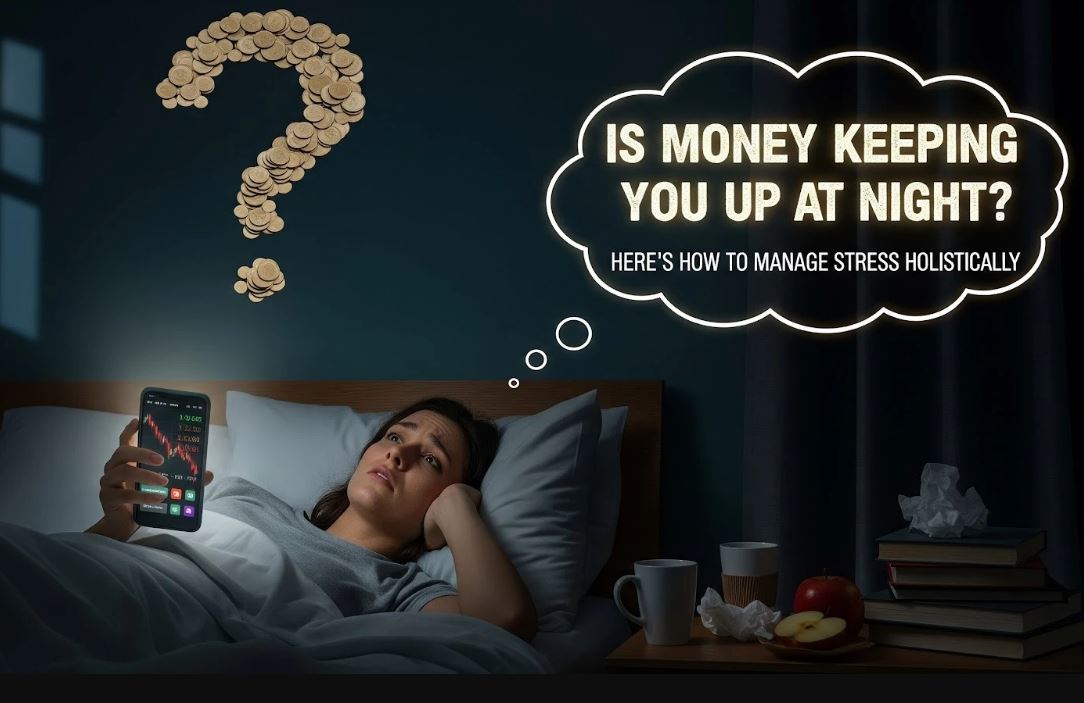![]() Free Shipping
Free Shipping ![]() Buy Now, Pay Later
Buy Now, Pay Later ![]() Eligible
Eligible
Is Red Light Therapy Good for Smoking Cessation?

Kicking a smoking habit is one of the toughest health challenges many people face. According to the CDC, only about 7.5% of smokers manage to quit each year. Traditional options like nicotine patches, gum, or prescription medications help some, but many people relapse within weeks. This has led researchers and wellness practitioners to explore alternative methods, including red light therapy and its more targeted cousin, low-level laser therapy (LLLT), sometimes known as laser acupuncture.
In one 2019 study from India, 60 smokers were randomly assigned to three groups: laser auricular acupuncture, psychological counseling, or a combination of both. After one month, all groups showed significant reductions in urinary cotinine levels (a marker of nicotine intake) and improvements in withdrawal symptoms. The laser-only group had the highest reduction in nicotine dependence, while the combined therapy group had the largest drop in cotinine levels. Participants reported less irritability, fewer headaches, reduced cravings, and even an increased ability to concentrate. Similar results have been documented in other trials, including a study that tracked 175 smokers through seven sessions of painless laser acupuncture. Nearly 85% of participants quit entirely, with the rest substantially cutting back. These numbers are promising, but the question remains: does red light therapy itself help people quit smoking, or are the benefits mainly tied to specific laser acupuncture protocols?
Red Light Therapy vs. Laser Therapies
Red light therapy and low-level laser therapy share some similarities, but they’re not interchangeable. Red light therapy, also called photobiomodulation, uses light-emitting diodes (LEDs) or lasers to deliver red or near-infrared wavelengths to the skin. It’s primarily studied for benefits like improved circulation, reduced inflammation, and enhanced cellular repair. The light penetrates tissue to stimulate mitochondrial energy production, which can aid in relaxation and recovery.
By contrast, LLLT for smoking cessation is much more precise. The lasers target specific auricular (ear) and body acupuncture points associated with nicotine addiction, stress regulation, and the brain’s reward system. These points are carefully chosen to release feel-good neurotransmitters like dopamine and serotonin, which can help offset the chemical imbalance caused when nicotine intake stops.
Nicotine dependence is both physical and psychological. Physically, nicotine hooks the brain by binding to receptors that trigger dopamine release, creating a reinforcing cycle. Psychologically, cigarettes become linked to routines, social cues, and stress relief. Because addiction operates on multiple levels, most experts agree that a holistic approach (addressing both body and mind) is essential for lasting success. While red light therapy can play a supportive role in stress management and well-being, LLLT’s targeted nature is more closely tied to smoking cessation results.
Alternatives and Holistic Support for Quitting Nicotine
Not every smoker will respond to laser therapy, and some may prefer other nicotine management tools. Nicotine pouches, for example, have gained traction as a cleaner, smokeless, and discreet alternative to cigarettes. Prilla offers a wide range of these tobacco-free pouches from leading brands like ZYN, VELO, Rogue, and On! They come in various flavors, types, and nicotine strengths, allowing users to choose the best fit for their preferences. Because they don’t involve combustion or vapor, pouches can be used in places where smoking or vaping isn’t allowed, making them more flexible for everyday life.
For those looking to quit entirely, nicotine pouches can be part of a tapering strategy, gradually lowering nicotine strength over time. Others may use them to eliminate the smoke and smell associated with traditional cigarettes while still satisfying cravings. Of course, they’re only one piece of the puzzle; true cessation often benefits from combining tools like pouches, counseling, behavioral changes, and, for some, therapeutic interventions such as LLLT. Other holistic approaches that may complement quitting efforts include mindfulness meditation, exercise, and dietary support. Each of these strategies can help reduce stress, manage cravings, and improve mood, key factors in preventing relapse.
Red Light Therapy’s Role in Stress Management
While red light therapy alone isn’t widely recognized as a primary smoking cessation treatment, it may offer indirect benefits that support quitting. Stress is one of the most common triggers for smoking, and many smokers report lighting up during moments of tension or anxiety. Red light therapy can help address this by promoting relaxation and recovery. When red or near-infrared wavelengths penetrate the skin, they stimulate ATP production in cells and boost nitric oxide levels. This helps dilate blood vessels, increasing circulation and delivering more oxygen and nutrients to tissues. Massage therapists who integrate red light therapy into their sessions often note amplified relaxation effects: muscles release tension faster, and clients report a deeper sense of calm.
For someone trying to quit smoking, these effects could be valuable. Managing stress through non-nicotine means can reduce the temptation to reach for a cigarette. When paired with other therapies, like counseling, nicotine pouches for cravings, or targeted laser acupuncture, red light therapy may help create the physical and mental environment needed for lasting change.
The Bottom Line
Red light therapy on its own is not a proven stand-alone solution for quitting smoking, but low-level laser therapies, especially laser auricular acupuncture, have shown strong potential in reducing nicotine dependence and easing withdrawal symptoms. Because nicotine addiction is both a physical and psychological challenge, combining approaches is often the best path forward.
For some, this might mean pairing targeted LLLT with counseling sessions. For others, it might involve using nicotine pouches from brands like ZYN to eliminate smoke exposure while gradually reducing nicotine intake. And for many, incorporating stress-reducing practices like red light therapy could help prevent relapse and make the quitting process more manageable. In the end, there’s no single answer to smoking cessation that works for everyone. But with a thoughtful mix of modern technology, practical nicotine alternatives, and stress management strategies, smokers can greatly improve their odds of finally breaking free from the habit.






